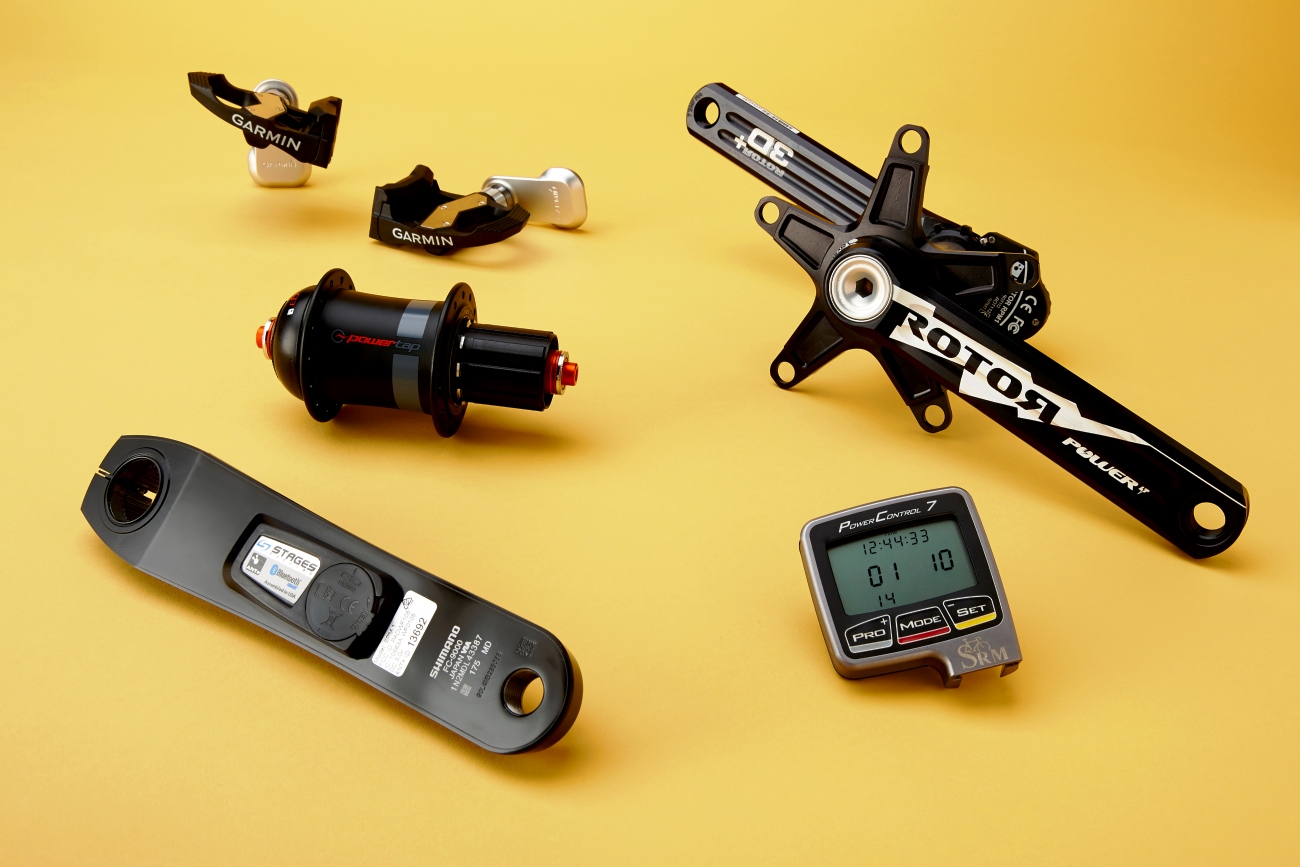1. Why train with power?
-

Training with power might still be reasonably expensive, but it's by far the best metric for measuring your effort
-

-

There's no reason why your smartphone can't be your most valuable resource for all things cycling-related
-

While power meters were once the preserve of pro cyclists, they're now increasingly popular with amateurs
-

-

Sprint like Mark Cavendish away from traffic lights (Pic: Tim De Waele/TDW Sport)
1. Why train with power?
Power meters have been around nearly 30 years, since SRM developed the first system in 1986, but they’re more popular – and affordable – now than ever.
However, despite the falling price of power meters – now available hundreds rather than thousands of pounds – buying one is still a considerable investment.
[series align=”left”]
That said, there are many advantages to using a power meter over a heart rate monitor or a riding on ‘feel’ and it’s for good reason that a power meter has become the most popular training tool in the professional peloton.
The main advantage is that using a power meter takes out all the guess work involved in estimating how well you are riding. With a power meter on your bike, there is a quantitative number that tells you exactly how much power you are putting out – or, in other words, how well (or badly) you are going.
A power meter doesn’t replace a heart rate monitor – in fact, they are actually telling you different things. Heart rate is a relative figure which measures your body’s response to effort – or its input – whereas power is an absolute figure which instantly measures your output, regardless of the effort required to reach that number.
In short, a power meter doesn’t lie, whereas heart rate can be affected by a number of external factors, such as fatigue, hydration and temperature. It is also relatively slow to respond to an effort. Using a heart rate monitor and power meter will allow you to see how your body is responding to training.
So how does a power meter work?





